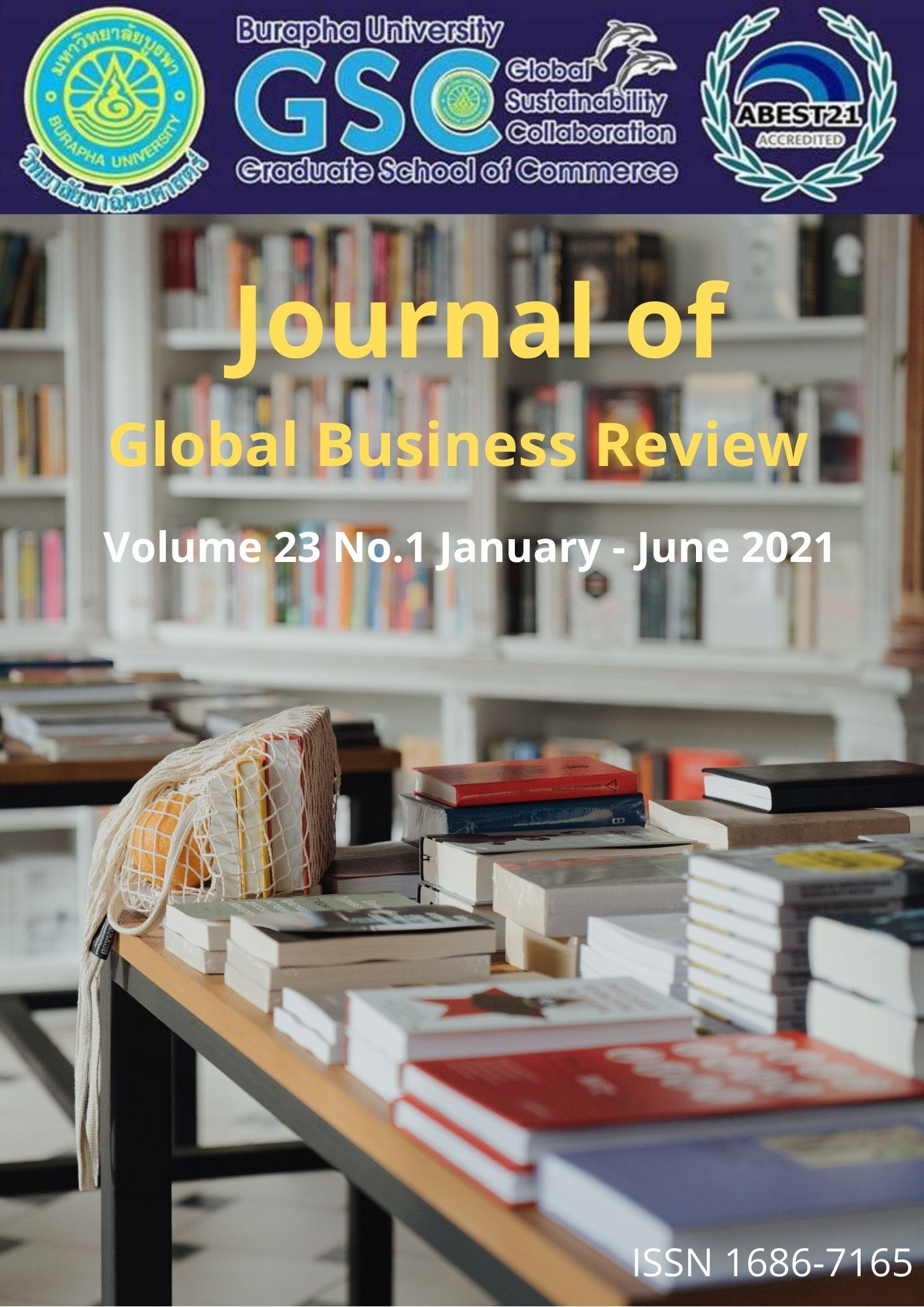DOMESTIC TOURISM RESTART: UNDERSTAND THAI TRAVELERS’ HOTEL STAYING PREFERENCE UNDER NEW NORMAL ENVIRONMENT
Main Article Content
Abstract
During the first quarter of 2020, World Health Organization declared Covid-19 as a global pandemic and health has become a major concern worldwide. It then has substantially shaped global society in various ways including traveling and staying preference. In Thailand, during the second and third quarter of 2020, limiting the spread of Covid-19 was witnessed with less than 10 new confirm cases per day, on average. Hence, the recovery of Thai tourism and hospitality sector started under new normal environment with strict measures being implemented nationwide. The purpose of this study is to understand Thai travelers’ staying preference during this unpredictable situation. We aim to capture factors that influence Thai travelers’ hotel staying preference. Four types of preference included in this study are location, pricing, government subsidy and social media influence. Since the result from our exploratory data analysis revealed that the relationship between the dependent variable and some independent variables does not exploit linear structure, tree-based method will be used with secondary data from June to August 2020. We draw statistical inference from “variable important plot” and “partial dependence plot” and then perform validation of regression tree. To sum up, location, pricing, government subsidy and social media influence are important variables in predicting hotel staying preference. Overall, the government subsidy is the most important variable. Next, the lower the price, the greater occupancy rate, except for three high cost of living and global tourist destination provinces. Shifting to geographical location, visitors prefer to stay near Bangkok as we see occupancy rate goes down when distance from the capital goes up, on average. Finally, “social media influence” positively correlates with over 50 provinces staying preference. Recommendation for practitioner and future research are stated as well.


